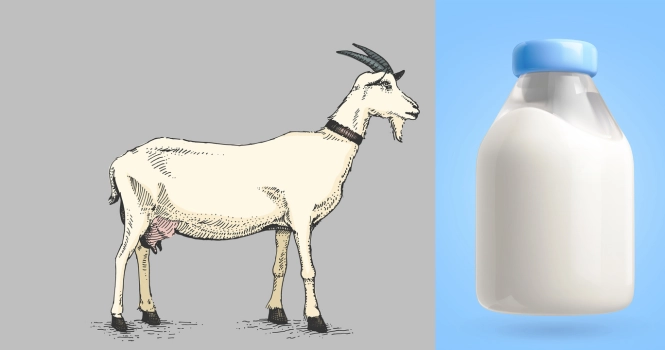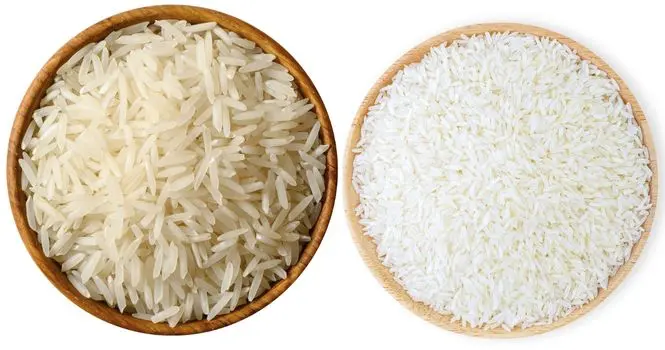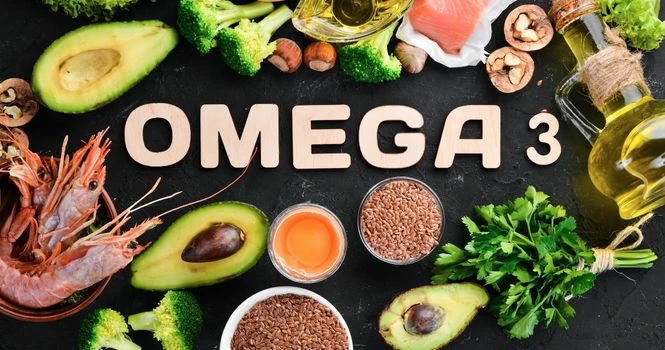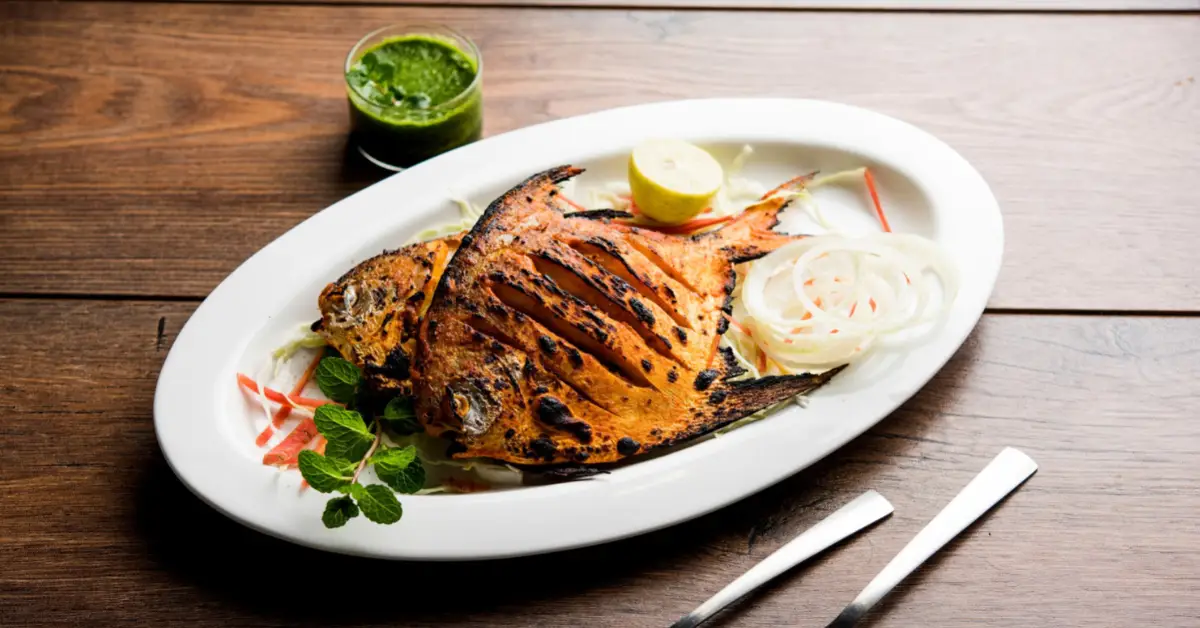The Truth About Eating Raw Soya Chunks
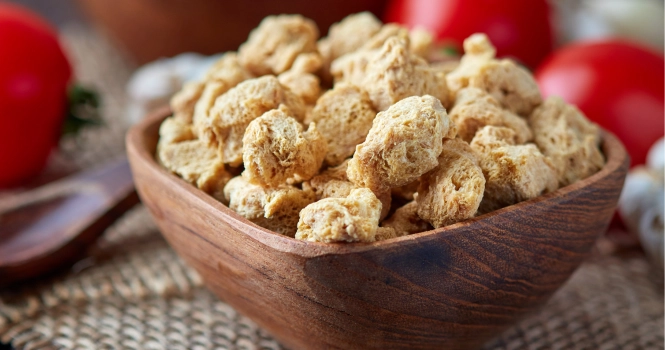
Soya chunks, also known as textured vegetable protein or soy meat, are a popular meat substitute made from defatted soy flour, a by-product of extracting soybean oil.
They are known for their high protein content and versatility in vegetarian and vegan cooking.
However, a common question arises:
Can soya chunks be eaten raw?
Let’s find out..
The Nature of Soya Chunks
Soya chunks are small, dehydrated granules or nuggets that, when cooked, absorb water and develop a meaty texture. They are an excellent source of protein, dietary fiber, and various vitamins and minerals, making them a nutritious addition to a wide range of dishes.
Raw Consumption: Is It Advisable?
Eating soya chunks raw is not recommended for several reasons:
1. Digestive Issues: Raw soya chunks are hard and dry, making them difficult to chew and digest. Consuming them without proper hydration could lead to digestive discomfort, including bloating and indigestion.
2. Anti-Nutritional Factors: Raw soybeans contain substances known as anti-nutritional factors, including trypsin inhibitors and phytates.
Trypsin inhibitors can interfere with protein digestion, while phytates can reduce the absorption of minerals like iron and calcium. Although soya chunks undergo processing, which reduces these compounds, cooking further ensures their minimization.
3. Taste and Texture: Raw soya chunks have an unappealing taste and texture. Cooking not only makes them palatable by improving their flavor and texture but also allows them to absorb the spices and seasonings of the dish, enhancing the overall taste.
Safe and Tasty Consumption
To enjoy soya chunks safely and make the most of their nutritional benefits, it’s important to prepare them properly:
1. Hydration: Soak soya chunks in warm water for about 15-20 minutes or boil them for 5-10 minutes until they are soft and have expanded in size. This process rehydrates the chunks, making them easier to digest and cook with.
2. Rinsing: After soaking or boiling, rinse the soya chunks thoroughly under running water to remove any beany flavor and further reduce anti-nutritional factors.
3. Cooking: Soya chunks can be added to a variety of dishes, including curries, stews, and stir-fries. They readily absorb the flavors of the dish, making them a versatile ingredient in the kitchen.
While soya chunks offer numerous health benefits as a high-protein, plant-based food, consuming them raw is not advisable due to potential digestive issues and the presence of anti-nutritional factors.
Raw soya chunks vs Boiled soya chunks
| Feature | Raw Soya Chunks | Boiled Soya Chunks |
| Texture | Hard and dry | Soft and expanded, similar to cooked meat |
| Digestibility | Difficult to digest due to hardness | Easier to digest due to softening through boiling |
| Taste | Bland and beany | Absorbs flavors from spices and seasoning |
| Nutritional Factors | Contains more anti-nutritional factors | Boiling reduces anti-nutritional factors like trypsin inhibitors and phytates |
| Preparation for Cooking | Requires soaking or boiling before use | Ready to be added to dishes after rinsing |
| Hydration | Dehydrated | Hydrated, can increase in size significantly |
| Cooking Time | Cannot be used directly in cooking | Can be directly used in recipes, reducing overall cooking time |
| Usage | Not recommended to be consumed raw | Can be used in a variety of dishes, from curries to salads |
| Safety | Eating raw can lead to digestive discomfort | Safe to eat, with reduced risk of digestive issues |
Frequently Asked Questions
Can we eat raw soya chunks for protein?
Eating raw soya chunks is not advisable. While they are a rich source of protein, raw soya chunks are hard, difficult to digest, and contain anti-nutritional factors that can interfere with protein digestion and nutrient absorption.
It’s essential to soak and cook soya chunks properly to benefit from their high protein content.
Can soya chunks be eaten daily?
Soya chunks can be a part of a balanced daily diet, thanks to their high protein content and presence of other nutrients. However, it’s important to consume them in moderation and as part of a varied diet to ensure a wide range of nutrients.
Overconsumption may lead to excessive intake of phytoestrogens and could potentially affect thyroid function, so moderation is key.
Can we store boiled soya chunks in the fridge?
Yes, boiled soya chunks can be stored in the refrigerator. Once boiled and thoroughly rinsed, allow them to cool down, then place them in an airtight container and refrigerate.
Properly stored, boiled soya chunks can last for up to 3-5 days in the fridge. This makes meal preparation easier and more convenient.
Can we drink soya chunks water?
The water used to soak or boil soya chunks may contain some of the anti-nutritional factors that leach out during the process.
While it might not be harmful in small quantities, it’s generally recommended to discard this water rather than consume it.
Using fresh water for cooking soya chunks after soaking or boiling is a better practice to ensure the removal of these compounds.



